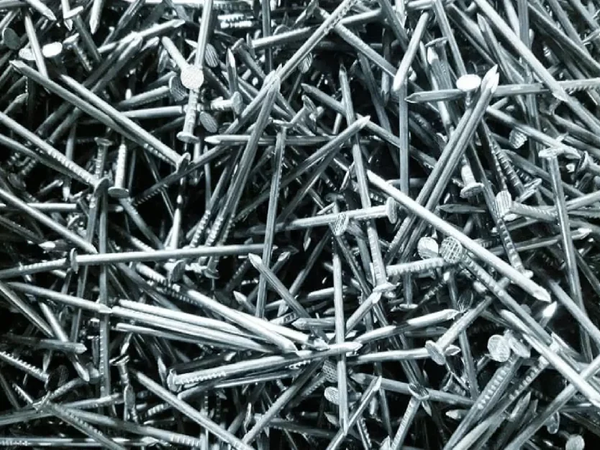Blog

Overview Furniture Nail
The traditional hand-forged Nail was square, tapered, and had a blacksmith-hammered head that was affixed for thousands of years. One nail at a time was heated and painstakingly hammered into shape on an anvil. Because they were quite valuable, nails were frequently salvaged from the ashes of burned-down buildings.
To maximize their gripping strength in various applications, nails come in a variety of sizes and shaft configurations. The project at hand will determine the type, strength, and nail size you require. Nail size is measured by both length and gauge.
Screws could be simpler to start with if you’re new. You’ll be in greater control, and fixing a mistake should be simpler. For simple couplings that might need to withstand stress, wood screws are frequently a better choice in terms of strength. I prefer polished nails for visible areas.
Different Types of Nails
Here we mention which types of nails are used in furniture or wooden work.
Round Head Nails
Due to their broad availability in a range of lengths and thicknesses, allowing for a variety of tough woodworking applications, these types of nails are the most common.
Oval Head Nails
The oval shape of their head, as suggested by their name, enables the nails to be driven below the surface of the wood, giving the finished product a more appealing appearance. Oval head nails are most frequently used to install hardboard siding or to join together hefty timbers.
Box Nails
However, due to its thinner composition, it is not the perfect nail if the finished object will be subjected to any load. These smaller nails can be hammered into sparsely exposed or tiny sections of wood. Small boxes are frequently fastened together with box nails because they are less likely to splinter wood.
Read About: N6 Nail Machine
